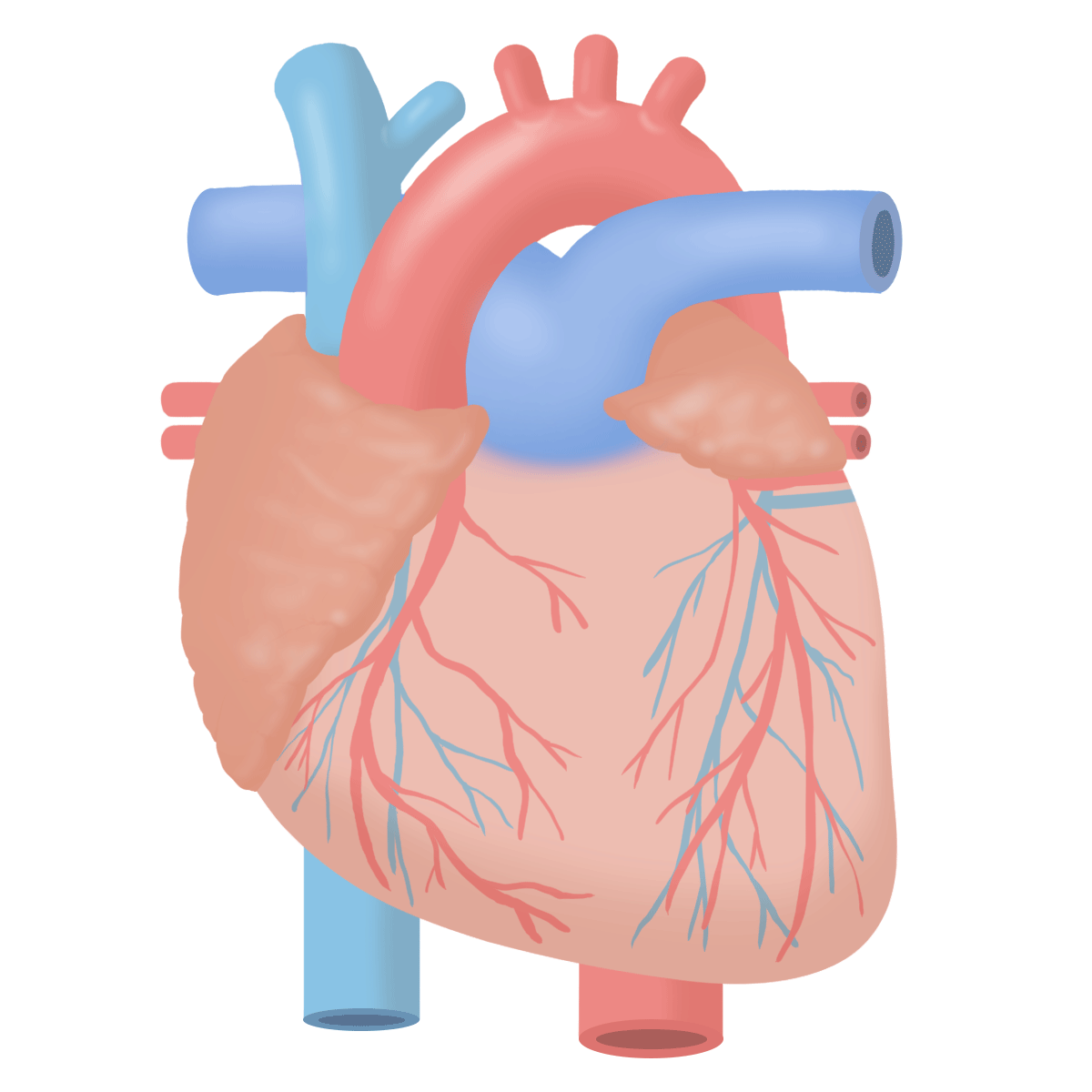Glycemic Index, Glycemic Load, and Cardiovascular Disease and Mortality
N Engl J Med. 2021 Apr 8;384(14):1312-1322. doi: 10.1056/NEJMoa2007123. Epub 2021 Feb 24.
高GI 食品が心血管疾患や死亡の高リスクになりうることを示した論文です。低GI食品の摂取は僕自身も心がけています。急激な血糖の上昇も抑えられるということが利点であり、意識されている方も多いのではないかと思います。太りにくい食事という点で注目されがちですが、今回心血管疾患や死亡リスクにも関連があるということで、今後更なる注目が集まることが予想されますね。
![]()
Background: Most data regarding the association between the glycemic index and cardiovascular disease come from high-income Western populations, with little information from non-Western countries with low or middle incomes. To fill this gap, data are needed from a large, geographically diverse population.
Methods: This analysis includes 137,851 participants between the ages of 35 and 70 years living on five continents, with a median follow-up of 9.5 years. We used country-specific food-frequency questionnaires to determine dietary intake and estimated the glycemic index and glycemic load on the basis of the consumption of seven categories of carbohydrate foods. We calculated hazard ratios using multivariable Cox frailty models. The primary outcome was a composite of a major cardiovascular event (cardiovascular death, nonfatal myocardial infarction, stroke, and heart failure) or death from any cause.
Results: In the study population, 8780 deaths and 8252 major cardiovascular events occurred during the follow-up period. After performing extensive adjustments comparing the lowest and highest glycemic-index quintiles, we found that a diet with a high glycemic index was associated with an increased risk of a major cardiovascular event or death, both among participants with preexisting cardiovascular disease (hazard ratio, 1.51; 95% confidence interval [CI], 1.25 to 1.82) and among those without such disease (hazard ratio, 1.21; 95% CI, 1.11 to 1.34). Among the components of the primary outcome, a high glycemic index was also associated with an increased risk of death from cardiovascular causes. The results with respect to glycemic load were similar to the findings regarding the glycemic index among the participants with cardiovascular disease at baseline, but the association was not significant among those without preexisting cardiovascular disease.
Conclusions: In this study, a diet with a high glycemic index was associated with an increased risk of cardiovascular disease and death. (Funded by the Population Health Research Institute and others.).
背景:グリセミック指数(GI)と心血管疾患の関連に関するデータの大半は、高所得の欧米諸国の集団から得られたものであり、低・中所得の非欧米諸国に関する情報は少ない。この差を埋めるには、地理的に多様な大規模集団のデータが必要である。
方法:解析には 5 大陸に居住する 35~70 歳の参加者 137,851 例が含まれ、追跡期間中央値は 9.5 年であった。食事摂取を評価するために国別の食物摂取頻度調査票を用い、7 分類の炭水化物含有食品の摂取量に基づいて GI とグリセミック量(GL)を推定した。多変量 Cox フレイルティモデルを用いてハザード比を算出した。主要転帰は、主要心血管イベント(心血管死、非致死的心筋梗塞、脳卒中、心不全)または全死因死亡の複合とした。
結果:研究対象集団では、追跡期間中に 8,780 例が死亡し、8,252 例に主要心血管イベントが発生した。GI の最低五分位群と最高五分位群との比較で広範な補正を行ったところ、高 GI 食品と主要心血管イベントまたは死亡のリスクが高いこととの関連が、心血管疾患を有していた参加者(ハザード比 1.51,95%信頼区間 [CI] 1.25~1.82)と有していなかった参加者(ハザード比 1.21,95% CI 1.11~1.34)の両方で認められた。主要転帰の項目のうち、GI 高値は心血管死のリスクが高いこととも関連していた。GL に関する結果は、ベースラインで心血管疾患を有していた参加者では GI に関する結果と同様であったが、有していなかった参加者では有意な関連は認められなかった。
結論:この研究では、高 GI 食品は心血管疾患と死亡の高いリスクと関連していた。



コメント